Getting to know your dog starts by getting to know its breed. At Kingdom of Pets, we keep a large database of detailed information on the appearance, personality, and health requirements of individual dog breeds. Here's what you need to know about the Basenji:
The Basenji is classified as a member of the 搒ight hound?family, otherwise known as a 揾ound.?However, this breed is also referred to as a 揅ongo Dog?because it is one of the oldest breed dogs, coming out of the continent of Africa. In fact, if you were to visit Africa, going to some of the Egyptian Pharaoh抯 tombs, you would see carvings or other depictions of the Basenji on the Steles. Just as they did thousands of years ago, the Basenji is a regal breed with a proud stance, erect ears, and a curled tail.
For many years, this breed almost completely disappeared but then in 1895 when the Europeans crossed over into the Congo, it was again discovered, becoming a favorite pet due to its high level of intelligence, speed, silence, and even courage. All of these special qualities made the Basenji a great help during wild game hunts. After being imported to the United States sometime in the 1930s, the Basenji became popular, which lead to the breed becoming a member of the American Kennel Club in 1943.
Physical Appearance
As mentioned, the Basenji has a strong, proud look that is hard to miss. This breed is small, typically between 20 to 24 pounds and about 17 inches tall. The hair is short, the eyes almond shaped, and especially when puppies the forehead is wrinkled. Watching a Basenji move is fascinating in that the breed trots similar to a horse with a double-suspension gallop at full speed running.
While you will see a number of hair colors, only some are recognized by the American Kennel Club. These colors include:
* Brindle White (black stripes on a red background)
* Red and White
* Black and White
* Tricolor (red, black, and white)
* Trindle (tricolor and brindle combination)
Temperament and Personality
The most fascinating aspect of the Basenji is that this breed does not bark although a simple woof sound is possible. Other sounds made by the Basenji include a squeal, chortle, white, or yodel. Basenjis are also insistent on being clean, often wiping the face just like that of a cat. While this breed loves to hunt and explore, it does not favor water.
Being an extremely smart dog, the Basenji is easy to train, learning commands quickly. Other temperaments include being independent, funny, aloof to strangers, devoted to the master, and even mischievous. Keep in mind if you buy a Basenji that they love to run and they are exceptional climbers. Therefore, a chain link fence is not necessarily a good barrier.
Most Basenjis are high energy and independent. While they get along well with children and other pets, it is usually recommended they be heavily socialized and supervised. In most cases, if this breed is raised around other animals, walked in the park, and exposed to a number of environments, it will do well. However, the Basenji is a breed of its own, sometimes being unpredictable and a little standoffish.
Health
Typically, the Basenji is a healthy breed although some might develop Fanconi Syndrome, which is an inheritable kidney disorder. When a Basenji develops this problem, he or she would likely not have any symptoms until around four. In addition, this breed can be a carrier of a recessive gene known as the Hemolytic Anemia, which can be tested for with a non-invasive procedure.
Other possible health risks include Progressive Retinal Atrophy, which is a form of degeneration in the retina, causing blindness, Coloboma, a hole in the eye抯 structure, Persistent Pupillary Membrane, which are small threads going across the dog抯 pupil, Malabsorption, an autoimmune intestinal disease, and Hip Dysplasia, which is a bone disease that causes symptoms similar to arthritis.

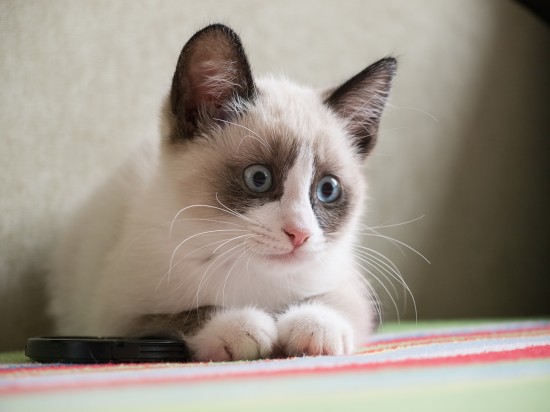 The History And Breeding Challenges Of The Uncommon Snowshoe Cat
The History And B
The History And Breeding Challenges Of The Uncommon Snowshoe Cat
The History And B
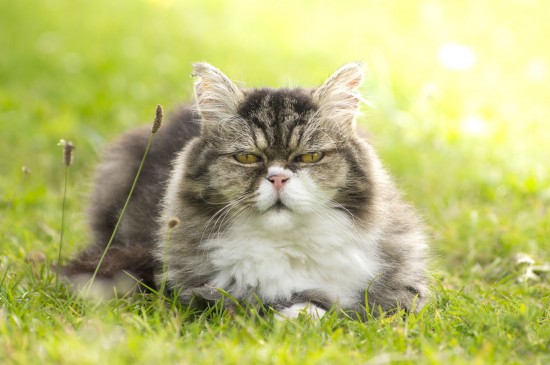 Health Issues Common To Older Cats
Health Issues Com
Health Issues Common To Older Cats
Health Issues Com
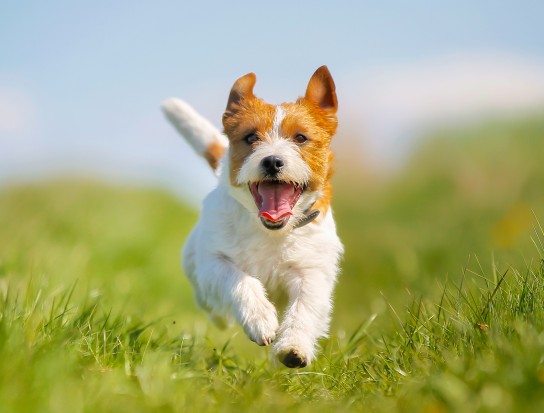 11 Ways To Minimise Exposure To Environmental Allergens In Dogs
11 Ways To Minimi
11 Ways To Minimise Exposure To Environmental Allergens In Dogs
11 Ways To Minimi
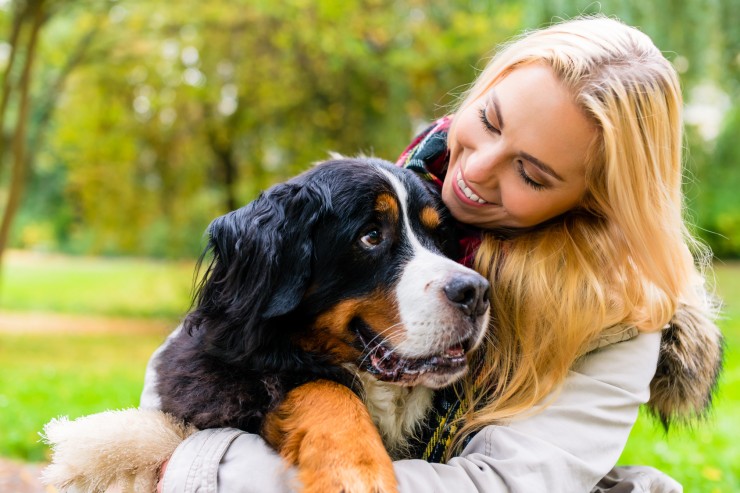 Keeping Your Dog Safe And Happy On New Year’s Eve
Keeping Your Dog
Keeping Your Dog Safe And Happy On New Year’s Eve
Keeping Your Dog
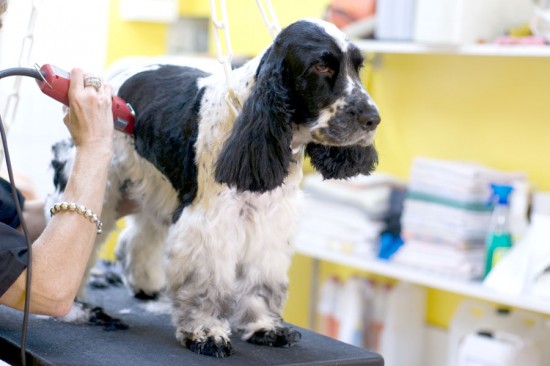 Having Your Dog Professionally Groomed
Having Your Dog P
Having Your Dog Professionally Groomed
Having Your Dog P